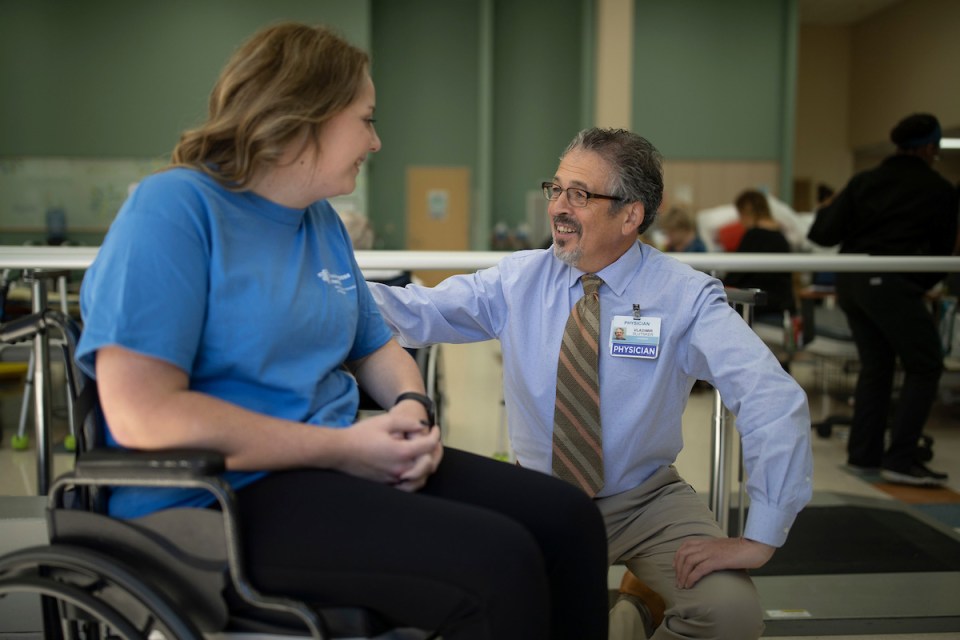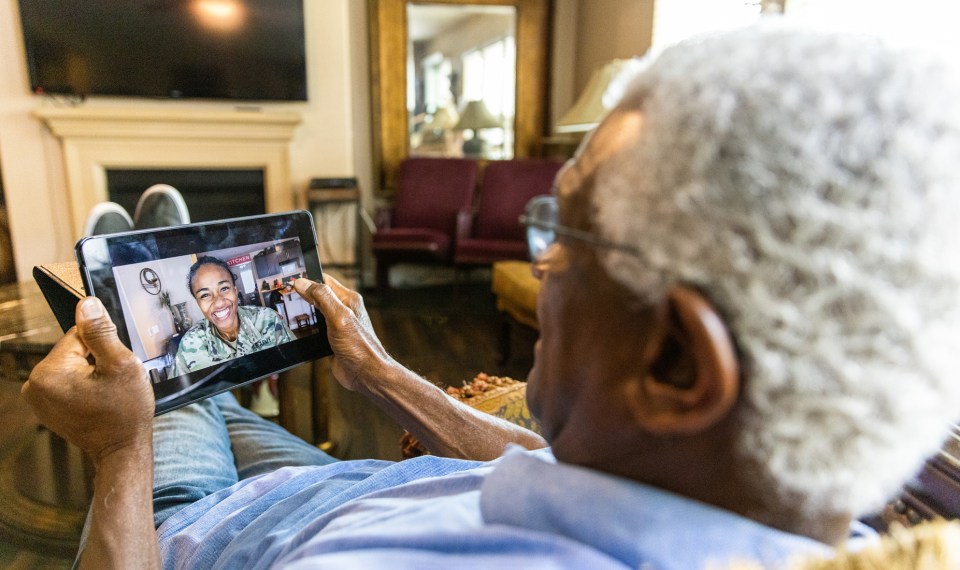When I tell people what I do for a living, there is usually a moment of hesitation before I start explaining myself … I am a physiatrist, a physician who specializes in physical medicine and rehabilitation. For some reason, the term physiatrist has never gained much popularity with the public, or, until recently, with other health professionals. Many people exclaim, “Oh, it must be a new field of medicine.” However, this is far from accurate.
The field of physical medicine and rehabilitation arose out of need to better treat our soldiers. Founding father Dr. Howard Rusk noted that soldiers returned to duty faster with rehabilitation than with convalescence. The year was 1943. Four years later, the American Board of Physical Medicine and Rehabilitation was born, and this field of medicine was formally recognized. At the time, the notion of passive medical convalescence rather than active rehabilitation was just gaining popularity.
What does physiatry involve today? After four years of college and four years of medical school, graduates complete a year of internship in either medicine or general surgery. Following this year, a three-year residency in physical medicine and rehabilitation is completed. Our residency training involves rotations through the common rehabilitation-related diagnostic groups: spinal cord injury, strokes, brain injury, pediatric rehabilitation, electrodiagnosis, amputee, orthopedic and cardio-pulmonary rehabilitation. Within each of these rotations, residents are taught how to evaluate a patient functionally, not just medically. The physiatrist treats the whole person, not just a diagnosis. The goal is the same regardless of the underlying cause of the patient’s condition: maximize functional recovery and independence.
An important part of what a physiatrist does is function as team leader. The physiatrist is responsible not just for the medical care of the patient, but also for prescribing the rehabilitation program. Consequently, the entire team, which includes a physical and occupational therapist, speech language pathologist, therapeutic recreation specialist, psychologist, case manage and nurse, are the ultimate responsibility of the physiatrist.
In addition to the inpatient rehabilitation model discussed above, physiatrists are trained in treatment of musculoskeletal disorders, which are usually treated on an outpatient basis. Treatment of both acute and chronic nonsurgical musculoskeletal disorders are ideally often treated by a physiatrist, who can not only design a treatment program to improve pain and promote healing, but also a rehabilitation program which will ensure an optimum functional recovery. Part of our diagnostic training includes electrodiagnosis—performing nerve conduction studies and electromyography. This is a diagnostic test for peripheral nerve injury, such as carpal tunnel syndrome, or various neuromuscular disorders. Physiatrists also prescribe braces, or orthotics, artificial limbs, or prosthetics, wheelchairs and other assistive devices to maximize a patient’s function. These prescriptions involve a multidisciplinary assessment by a rehabilitation team, including a therapist and/or orthotist or prosthetist. Some physiatrists subspecialize; they may have additional training in pediatric rehabilitation, spine care, including various injection procedures, or sports medicine.
One of the reasons I was attracted to the practice of PM&R was because of this broad scope, which encompasses the area of neurology, rheumatology and orthopedics. Combining training in these disciplines with the focus of improving a patient’s quality of life is more than satisfying. In addition to being challenging in its scope, the field of physiatry is a growing one, with more and more technology available to treat not just those patients who are unable to walk due to a devastating injury, but also patients who suffer chronic Iow-back pain. I also enjoy the team approach, and the ability to confer with their health professionals on a regular basis in order to improve a patient’s outcome.
I am fortunate in that I chose a field of medicine that has provided me with many opportunities. In the 27 years that I have been in practice, I have been involved with acute level rehabilitation at Maine’s only free-standing rehabilitation hospital; I have worked at a disability insurance company; evaluated workers’ compensation patients; performed independent medical evaluations and electrodiagnostic evaluations; consulted at skilled nursing facilities; performed impairment ratings; testified at depositions and in court; and consulted on patients in intensive care units and other areas of the acute care hospital. I have worked in clinics, offices, for-profit and not-for-profit institutions. In my travels, I have grieved with patients for their losses and celebrated their accomplishments.
At the end of the day, I feel good about what I do with my time, whether you call it “fizz-eye-a-tree,” “fizzy-a-tree,” or “rehabilitation medicine.” It is predicted that as the population ages, the demand for doctors in my field of medicine will increase. There is still hope that one day people will not confuse me with a podiatrist or psychiatrist, but will understand that what I do for a living is help the living do all they can for themselves.
The content of this site is for informational purposes only and should not be taken as professional medical advice. Always seek the advice of your physician or other qualified healthcare provider with any questions you may have regarding any medical conditions or treatments.




